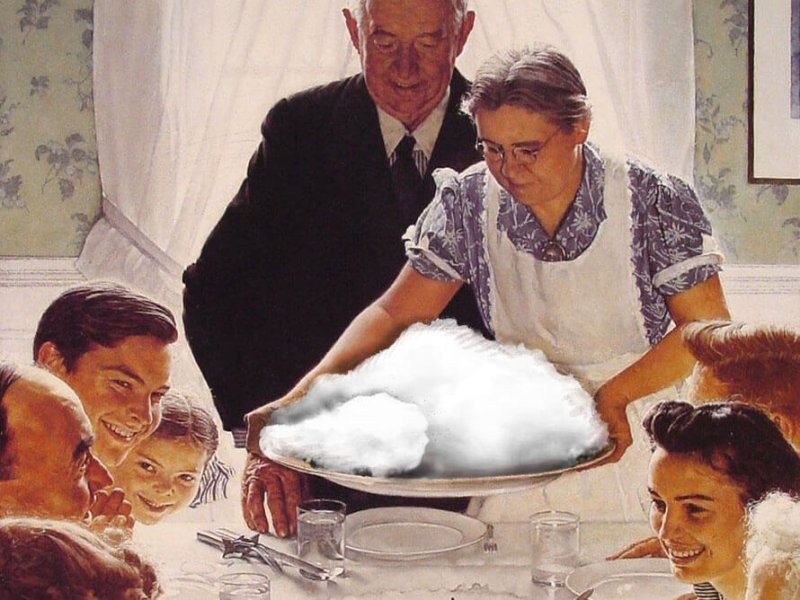Around the world, forests are being cut down to grow protein-rich soya to feed to animals. Using solar power to turn carbon dioxide into chemicals for growing bacteria that can be eaten – food from air – would let us produce as much protein as we currently get from staple crops including soya on a tenth of the land, according to the most comprehensive analysis to date.
“This could have very beneficial impacts on the environment,” says Dorian Leger at the Max Planck Institute of Molecular Plant Physiology in Germany. “If you have 10 square kilometres of soya bean fields in the Amazon, hypothetically you could make that 1 square kilometre of solar panels and reforest the other nine.”
Ideally, he says, food production would be moved to areas that aren’t biodiversity hotspots.
The idea of “food from air” is to use renewable power to capture carbon directly from the air and turn it into a simple compound, such as formate, that bacteria can feed on. Several companies are trying to commercialise food from air. For instance, Solar Foods of Finland aims to have a demonstration plant running in 2023.































